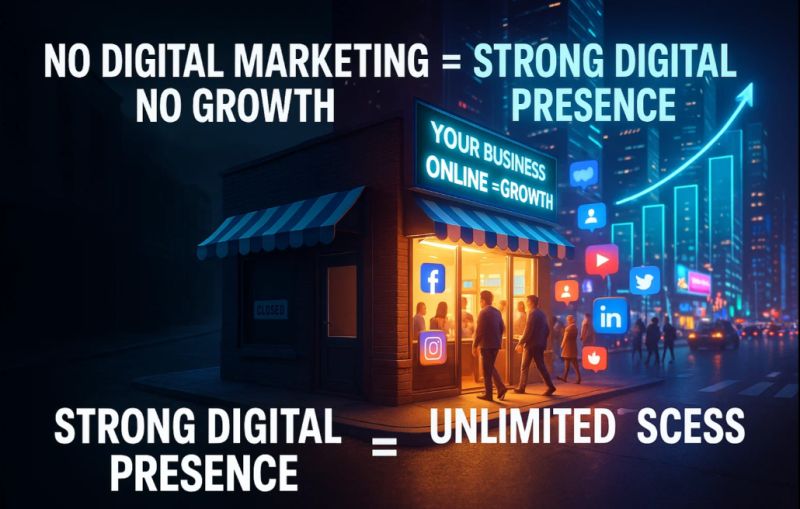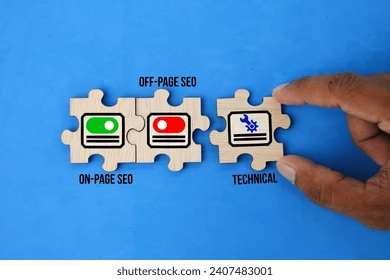In the rapidly evolving digital ecosystem, Technical SEO is no longer an option but a necessity for any website aiming for top search engine rankings. It forms the backbone of your site’s visibility, ensuring search engines can crawl, index, and understand your content efficiently. With Google and other search engines prioritizing user experience and technical performance more than ever, mastering technical SEO in 2025 is key to staying competitive.
This detailed guide will explain the fundamentals, importance, latest best practices, and actionable strategies for technical SEO that you can apply today. You’ll find it easy to follow and loaded with tips, FAQs, and clear calls to action so your website appeals not only to search engines but also to your visitors. Ready to make your website faster, safer, and more search-friendly? Let’s dive in! 🔍

What Exactly Is Technical SEO and Why Does It Matter? ⚙️
Technical SEO focuses on optimizing the technical aspects of your website to improve its crawling and indexing by search engines, site speed, security, and overall user experience. While content and backlinks are essential for SEO success, they depend heavily on a strong technical foundation.
Why Should You Care About Technical SEO?
- Visibility: Without proper crawlability, your content won’t get indexed or ranked.
- User Experience: Fast, mobile-friendly, and secure sites keep users happy and reduce bounce.
- Search Engine Signals: Google uses metrics like Core Web Vitals as ranking factors.
- Competitive Edge: Many websites neglect technical SEO, so it’s a powerful way to out-rank competitors.
Failure to optimize these technical elements can mean your content remains hidden, no matter how great it is.
The Pillars of Technical SEO You Must Optimize in 2025
1. Crawlability and Indexing: Make Your Website Search Engine Friendly 🔍
Search engines use bots to crawl your site and index pages. If they can’t access your pages—due to blocked resources, poor site structure, or errors—your content will never rank.
Key Actions:
- Use an optimized robots.txt file to allow crawling of important pages and block duplicates or low-value pages.
- Create and submit an XML sitemap listing your essential pages via Google Search Console.
- Use canonical tags to resolve duplicate content issues.
- Audit your site regularly for crawl errors with tools like Screaming Frog or SEMrush.
2. Site Speed and Core Web Vitals: Deliver Lightning-Fast Experiences ⚡
Google prioritizes websites that load quickly and offer smooth interactions, especially on mobile.
Best Practices:
- Compress images and use next-gen formats like WebP.
- Minify CSS, JavaScript, and HTML code.
- Implement lazy loading for images and videos to defer non-critical resources.
- Use a content delivery network (CDN) to serve content closer to users.
- Optimize server response time with quality hosting.
3. Mobile Optimization: Your Site’s Mobile Version Is Now King 📱
Since Google uses mobile-first indexing, your mobile site version is the primary factor in rankings.
Focus on:
- “A responsive design ensures your website seamlessly adjusts to all screen sizes, providing an optimal viewing experience for every device..
- Easy navigation with touch-friendly buttons.
- Avoid intrusive pop-ups on mobile devices.
4. Secure Your Website with HTTPS 🔒
Security is a ranking factor and critical for building user trust.
- Install an SSL certificate to switch your site to HTTPS.
- Redirect HTTP URLs to HTTPS to avoid duplicate content.
5. Structured Data (Schema Markup): Tell Search Engines What Your Content Means 📊
Schema markup improves how your site is represented in search results with rich snippets.
- Use JSON-LD format recommended by Google.
- Add schemas for articles, products, FAQs, breadcrumbs, and local business info.
- Test with Google’s Rich Results Test tool.
6. Fix Broken Links & Redirect Chains 🔗
Broken links lead to poor user experience and waste crawl budget.
- Identify 404 pages and fix or redirect them appropriately.
- Avoid redirect chains and loops by linking directly to final URLs.
7. Optimize URL Structure and Site Architecture 🏗️
Clean, descriptive URLs and a flat structure help search engines crawl your site efficiently.
- Use hyphens to separate words.
- Keep URLs short but meaningful.
- Organize your content hierarchically with clear internal linking.
Don’t Let Your Website Get Lost in Search Results! 😱
Did you know many websites lose potential millions of organic visitors because of technical SEO oversights? Your competitors are likely already optimizing their technical SEO aggressively.
Imagine your website like a high-performance sports car—no matter how sleek the design, if the engine isn’t finely tuned, it won’t win the race. The same principle applies online: technical SEO is your engine tune-up ensuring you’re performing at peak potential.
Ready to Turbocharge Your Technical SEO? Here’s Your Ultimate 2025 Checklist! ✅
- Audit crawlability using Google Search Console and crawl tools.
- Optimize robots.txt & XML sitemap and submit to Google.
- Ensure HTTPS is enabled site-wide.
- Improve Core Web Vitals by optimizing images, scripts, and server speed.
- Make your site 100% mobile responsive.
- Apply & validate structured data markup.
- Identify and fix broken links and redirect issues.
- Use canonical tags to fix duplicate content problems.
- Create clean, SEO-friendly URLs and site architecture.
FAQs About Technical SEO 🤔
Q1: How long does it take to see results from technical SEO fixes?
Improvements in crawling and indexing can be seen within days, but ranking changes can take weeks to months depending on competition and content quality.
Q2: Can small websites benefit from technical SEO?
Absolutely! A strong foundation helps even small sites earn better rankings and improved user experience.
Q3: Which tools are essential for technical SEO audits?
Google Search Console, Screaming Frog, SEMrush, Ahrefs, GTmetrix, and PageSpeed Insights.
Q4: Do I need a developer for technical SEO?
Basic audits and speed fixes can be DIY, but advanced tasks like schema implementation or server optimizations often require technical skills.
Q5: Is Technical SEO separate from Content SEO?
They complement each other. Technical SEO ensures your site can be found and accessed, while content SEO focuses on relevance and engagement.
Ready to Dominate Google Rankings with Expert Technical SEO? 🚀
Don’t let technical barriers hold back your site’s potential. Whether you’re launching a new site or optimizing an existing one, expert technical SEO services can take your visibility and usability to the next level.
📞 Contact us today for a comprehensive technical SEO audit and strategy tailored to your business! Let’s build a fast, secure, and crawl-friendly website that search engines love — and your customers do too.
Final Thoughts 🏁
Technical SEO may seem complex, but it’s the foundation your digital success is built on. The sooner you start optimizing, the faster you’ll reap the rewards in higher rankings, more traffic, and better user satisfaction.
Stay ahead of the curve by regularly auditing and upgrading your site’s technical health. Your competition is doing it—don’t let them outrank you!
Embrace technical SEO today, and unlock the true power of your website. 🌟
